The Tempting Twists and Turns of Paul Loebach’s Watson Table
Way back when, before I realized with absolute certainty that Woodworking was not to be my vocation, I apprenticed to a furniture maker who created gorgeous curved wooden handrails for ski-in, ski-out trophy homes. The amount of labor that went in to making just one of these was astounding—often taking three men a period of three months. So I have a true appreciation for what designer Paul Loebach has accomplished with the intricate twists and tantalizing turns of the Wonderful Watson Table.
Watson Table. Designed and Manufactured by Paul Loebach.
The Watson Table Joins the Best of Classic Wood and Contemporary Carbon Fiber
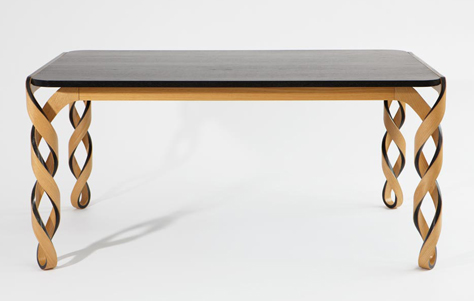
Given the table’s most famous namesake, you might be tempted to assert that its construction is merely “elementary,” but the piece’s actual antecedents postdate the milieu of Sherlock Holmes. Modeled after the intertwining dance of DNA, Loebach’s Watson Table is rather indebted to Dr. James Watson, “the American scientist famous for discovering the helical structure.”
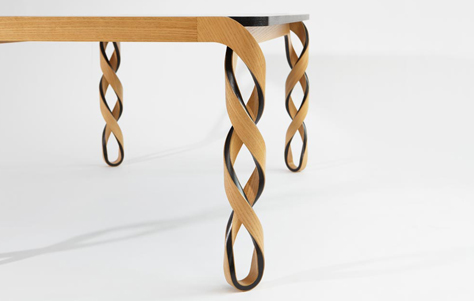
Loebach’s feat with Watson doesn’t match that of Dr. James, but it does make for a nice tribute. The designer achieved the unique structure of the table’s legs by synthesizing composite materials technology common to aeronautics with the traditional craftsmanship of boatbuilding.
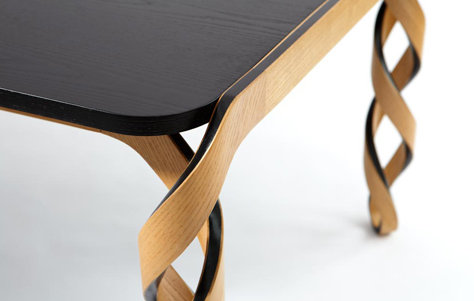
The result is a visibly compatible relationship. In fact, Watson’s compelling look is owed not only to its accomplished replication of DNA, but also to the give and take between the two materials. The strands of wooden laminate wrapped around the carbon composite interior is an intriguing interplay of opposites: of old and new, dark and light—a veritable yin and yang joining past and future into a daring new aesthetic.
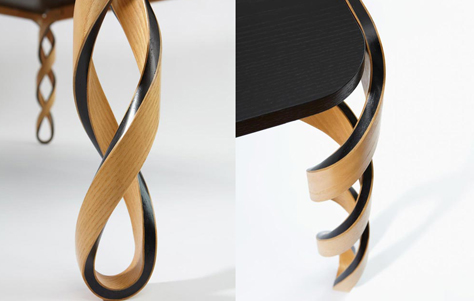
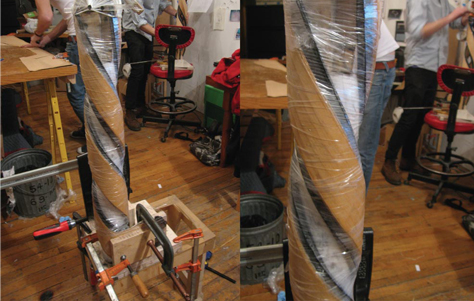
About the Designer: Paul Loebach’s grandfather built airplanes for the U.S. military in the 40s, and his father developed new plastic molding technologies for Union Carbide in the 70s, so it’s no wonder his work exemplifies an innovative use of materials. Among Loebach’s collection of tables, chairs, lights, shelves, and home accessories, you’ll find plastic alongside glass, powder-coated metal cozied up to wax, and—in the exuberant Watson Table—carbon fiber intertwined with wooden laminate. Each of Loebach’s intriguing projects explores design as a “structured language that holds a balance between the continuity of recognizable imagery, and the poetic shift of innovation as we adapt objects to our changing lifestyles.”
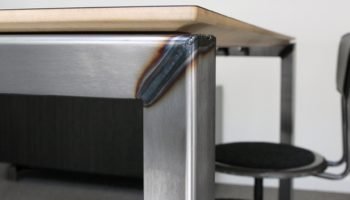
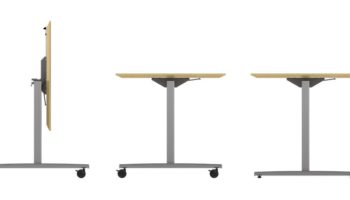


Leave a Reply